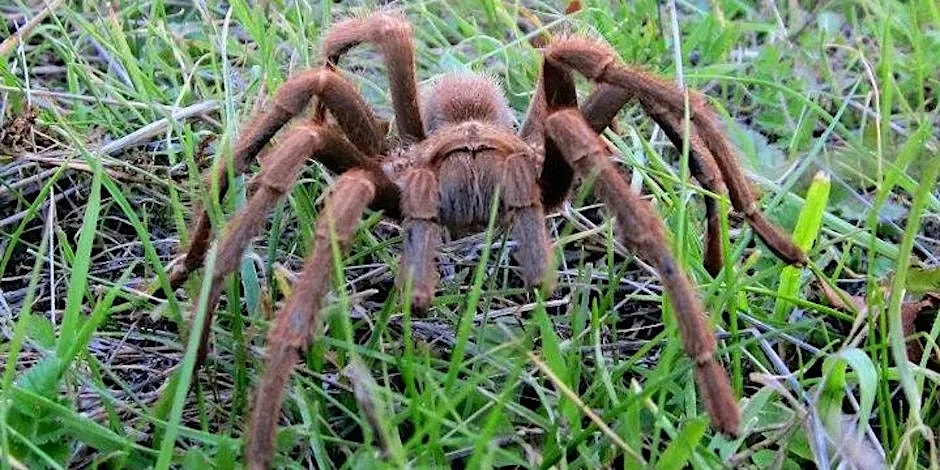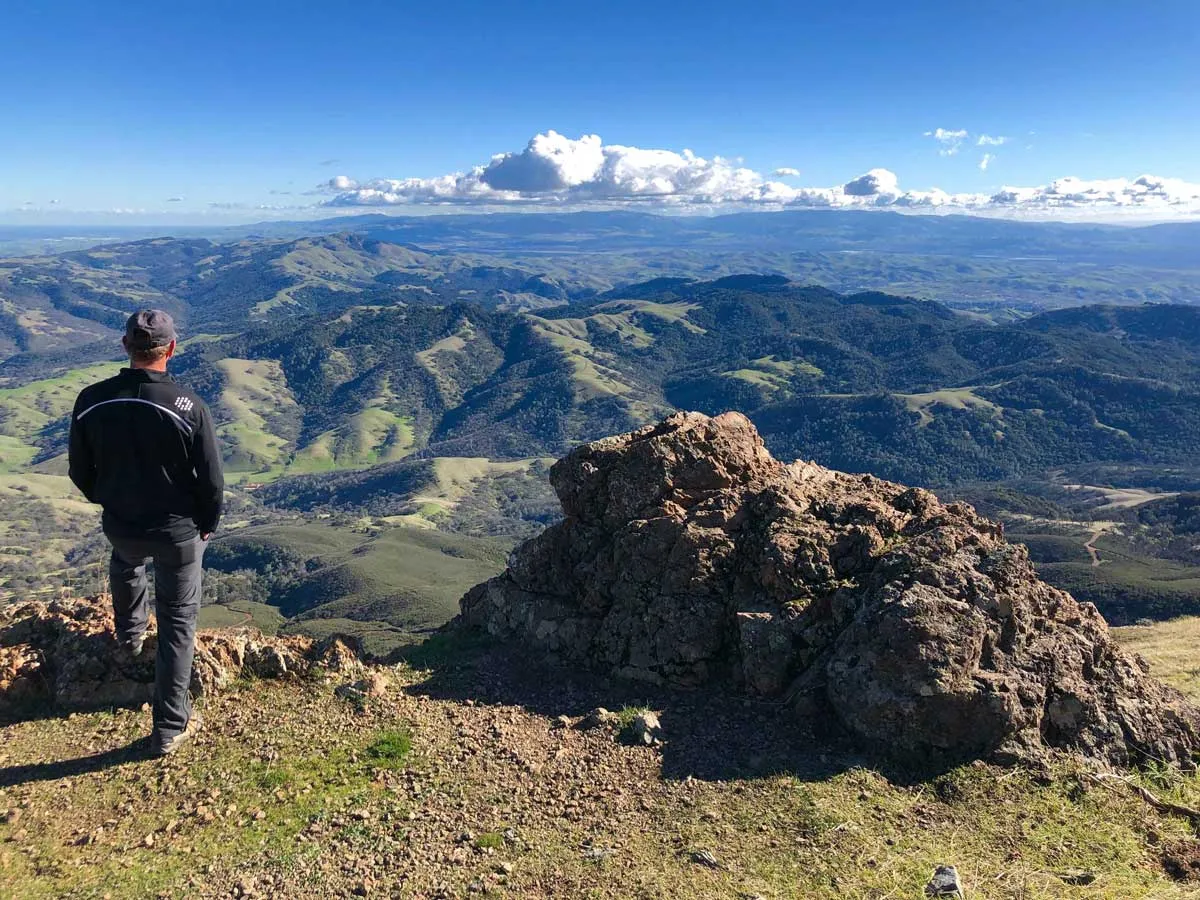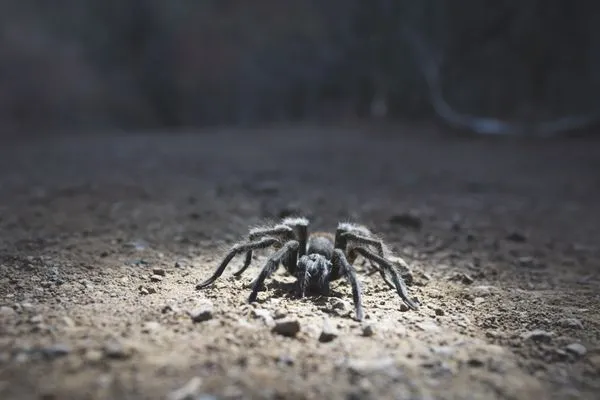Tarantulas at Mount Diablo State Park Overview
Mount Diablo State Park in California is a treasure trove of natural wonders, and one of its most fascinating inhabitants is the tarantula. These large, hairy spiders are a sight to behold, and the park provides an excellent opportunity to observe them in their natural habitat. This guide explores the world of Mount Diablo tarantulas, offering insights into their identification, behavior, and the best ways to appreciate these creatures while ensuring their safety and the preservation of their environment. Prepare to delve into the captivating realm of these arachnids and discover what makes Mount Diablo a unique destination for wildlife enthusiasts. This journey will take you through the key aspects of tarantulas in the park, from identifying these spiders to understanding their lifecycle, making your visit both informative and memorable.
What are Tarantulas?
Tarantulas are a type of large, hairy spider belonging to the Theraphosidae family. They are known for their impressive size, with some species having leg spans that can exceed 10 inches. These spiders are primarily nocturnal hunters, preying on insects, small reptiles, and occasionally, small mammals. Despite their intimidating appearance, tarantulas are generally not aggressive towards humans. Their venom is typically not considered life-threatening, although a bite can be painful. Tarantulas play an essential role in the ecosystem by controlling populations of insects and other small animals. Their presence is an indicator of a healthy and balanced environment. In Mount Diablo, they contribute significantly to the park’s biodiversity. Understanding these facts can help dispel common misconceptions and foster a greater appreciation for these amazing creatures.
Identifying Tarantulas

Identifying a tarantula involves observing several key features. Look for a large, hairy spider with eight legs and two body segments: the cephalothorax (head and thorax combined) and the abdomen. The color of tarantulas can vary, but those found in Mount Diablo often have a dark brown or black coloration, which helps them blend in with the terrain. Pay attention to the leg span, as this is a quick way to gauge their size. Another distinguishing characteristic is the presence of fangs (chelicerae) used for injecting venom. Keep a safe distance and avoid any attempts to handle them. Instead, use binoculars or a camera with a zoom lens to observe them closely. Also, the presence of urticating hairs, which the tarantula can flick off its abdomen as a defense mechanism, are another telltale sign. Understanding these features is crucial for anyone hoping to spot one safely.
Where to Find Tarantulas at Mount Diablo
Mount Diablo State Park offers several prime locations for tarantula sightings. The best places to spot these spiders are along trails and in areas with specific habitat characteristics. Look for them in grassy meadows, chaparral, and oak woodlands, where they often build their burrows. The trails near the summit and the lower elevation areas, such as Mitchell Canyon, are known hotspots. Observing the trails at dusk or dawn increases your chances of seeing them, as this is when they are most active. Be aware that tarantulas may be crossing trails, so keep an eye out as you hike. Additionally, check near rock crevices or under logs, as these can also be favored hiding spots. Remember to respect their habitat, avoid disturbing their burrows, and maintain a safe distance to observe these creatures in their natural environment.
Best Time to See Tarantulas
The ideal time to see tarantulas at Mount Diablo is during their mating season, which typically occurs in the late summer and early fall, specifically from September to October. During this period, male tarantulas become most active, as they leave their burrows in search of mates. The best time of day to spot them is during the late afternoon and early evening, when the temperature begins to cool, and the light fades. This is when they are most likely to be moving about. Weekends and holidays can be busy in the park, so plan your visit accordingly to avoid crowds and maximize your chances of seeing a tarantula. It’s essential to be patient and observant, as tarantulas can sometimes be elusive. The timing and the environmental conditions play a significant role in successful sightings.
Ideal Locations for Tarantula Spotting

Certain areas within Mount Diablo State Park provide better opportunities for tarantula sightings. The Mitchell Canyon area is often a popular choice due to its varied terrain and habitat. The trails leading towards the summit offer excellent views and are a good spot during the mating season. Look for them in areas with well-drained soil and ample cover. The trails that wind through the oak woodlands are also prime locations for observing tarantulas. Remember to stay on designated trails and avoid disturbing any vegetation or wildlife. Bring a map and familiarize yourself with the park’s layout before your visit. If possible, consider joining a guided tour or attending a ranger-led program to learn more about the park’s wildlife and the best places to spot them. By exploring these areas responsibly, you increase your chances of a memorable tarantula encounter.
Top 5 Tarantula Facts Mount Diablo State Park
Fact 1 Description
Tarantulas at Mount Diablo are primarily the California tarantula (Aphonopelma californicum). These spiders are native to the region and play a vital role in controlling insect populations. They are among the largest spiders in North America. Their presence indicates a healthy ecosystem.
Fact 2 Description

Male tarantulas embark on a mating journey in late summer and early fall, often traveling considerable distances to find a mate. During this period, they are more visible as they move across trails and open spaces. This makes them easier to spot during the breeding season.
Fact 3 Description
Tarantulas can live for many years, with females typically living significantly longer than males. Females can live for up to 25 years, while males usually live for about 7-10 years. This long lifespan contributes to their place in the park’s ecosystem.
Fact 4 Description
Tarantulas are venomous, but their venom is generally not dangerous to humans. Their bites are typically comparable to a bee sting in terms of pain. They are more likely to try to flee than to bite, making it safe to observe them.
Fact 5 Description

Tarantulas shed their exoskeletons, a process called molting, to grow. During molting, they are vulnerable and usually hide. This is a vital part of their life cycle. The new exoskeleton is a sign of growth.
Tarantula Behavior and Lifecycle
Understanding the behavior and lifecycle of tarantulas is crucial for appreciating their role in the ecosystem. Tarantulas are primarily nocturnal hunters, spending most of their time in burrows during the day. Their diet consists mainly of insects, but larger specimens may also consume small vertebrates. The lifecycle of a tarantula involves molting, a process where they shed their exoskeleton to allow for growth. During molting, they are vulnerable and will seek shelter. The lifespan varies, with females living much longer than males. The males typically die shortly after mating, while females can continue to live for many years, laying eggs in silk egg sacs. Understanding these behaviors helps us value the important role they play in the park’s environment.
Mating Rituals and Mating Season
The mating season for tarantulas at Mount Diablo is a remarkable spectacle. During late summer and early fall, male tarantulas leave their burrows in search of mates. They use pheromones to attract females. The males will drum their pedipalps and legs on the ground to attract the female. If a male is successful, he’ll mate with her. The male’s primary goal is to deposit sperm, sometimes using a specialized structure. The female will lay her eggs in a silk egg sac, which she will guard until the spiderlings hatch. Observing this behavior requires patience and respect for the spiders’ space. It’s an impressive display of nature and a vital part of tarantulas’ life cycle. This is when they are most likely to be seen crossing trails.
The Tarantula Molting Process

Molting is a critical part of a tarantula’s growth and development. As they grow, their exoskeleton becomes too small, so they shed it to reveal a new, larger one. The molting process is a delicate and vulnerable time for the tarantula. Before molting, the tarantula will typically stop eating and find a safe place to hide. During molting, the tarantula lies on its back, and the old exoskeleton splits open. The spider then emerges from the old shell, often appearing much lighter in color. The new exoskeleton is initially soft, gradually hardening over several days. During this period, the tarantula is highly vulnerable to predators. The molting process can take several hours. The molting frequency decreases as they mature. It is essential to observe these spiders without disturbing them. Observing these processes is a unique experience.
Conservation and Safety
The preservation of tarantulas and their habitat is crucial for maintaining the biodiversity of Mount Diablo State Park. The park authorities implement various measures to ensure the safety of these creatures, including educational programs and habitat protection efforts. As visitors, we all play an important role in tarantula conservation. By practicing responsible wildlife viewing, staying on marked trails, and avoiding any disturbance to their burrows or habitats, we can minimize our impact on these animals. Additionally, educating others about tarantulas and their ecological importance helps foster a culture of respect and conservation. The survival of the Mount Diablo tarantulas depends on a collective effort to protect their natural environment.
Tips for Safe Tarantula Viewing
To ensure a safe and enjoyable tarantula viewing experience, keep these tips in mind. Maintain a safe distance from tarantulas, at least several feet away. Never try to handle or touch a tarantula, as they may bite if they feel threatened. Avoid making sudden movements or loud noises that could startle them. Use binoculars or a camera with a zoom lens to observe them closely. If you come across a tarantula on a trail, allow it to cross without interference, giving it a wide berth. Respect their habitat by staying on marked trails and avoiding any destruction of vegetation. Educate yourself about tarantula behavior and the potential risks. Report any unusual behavior or sightings to park rangers. With careful observation, you can enjoy the wonder of these animals while ensuring your safety and theirs.
Mount Diablo State Park Conservation Efforts

Mount Diablo State Park actively works to conserve the tarantula population and their habitat. These efforts include habitat restoration projects, which aim to maintain and improve the conditions necessary for tarantulas to thrive. Park rangers and volunteers often conduct research to monitor the tarantula population and assess the impact of human activities. Educational programs are offered to inform visitors about tarantulas, their role in the ecosystem, and the importance of conservation. The park also enforces regulations to protect the wildlife and their habitat, ensuring that visitors respect the natural environment. By supporting the park’s conservation efforts, visitors can help to ensure that future generations can continue to appreciate the wonder of Mount Diablo’s tarantulas. These combined initiatives contribute to a healthy ecosystem.
